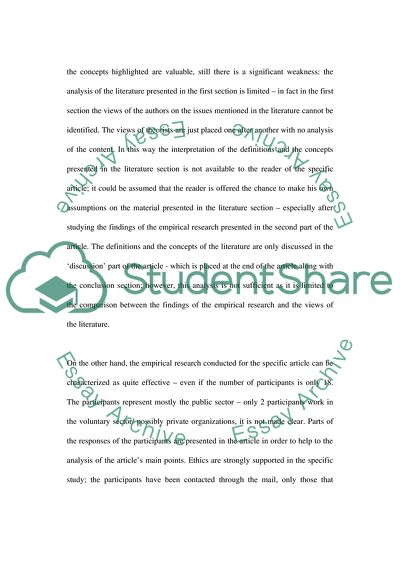Cite this document
(“Managing&Leading Change Assignment Example | Topics and Well Written Essays - 2500 words”, n.d.)
Managing&Leading Change Assignment Example | Topics and Well Written Essays - 2500 words. Retrieved from https://studentshare.org/human-resources/1719328-managingleading-change
Managing&Leading Change Assignment Example | Topics and Well Written Essays - 2500 words. Retrieved from https://studentshare.org/human-resources/1719328-managingleading-change
(Managing&Leading Change Assignment Example | Topics and Well Written Essays - 2500 Words)
Managing&Leading Change Assignment Example | Topics and Well Written Essays - 2500 Words. https://studentshare.org/human-resources/1719328-managingleading-change.
Managing&Leading Change Assignment Example | Topics and Well Written Essays - 2500 Words. https://studentshare.org/human-resources/1719328-managingleading-change.
“Managing&Leading Change Assignment Example | Topics and Well Written Essays - 2500 Words”, n.d. https://studentshare.org/human-resources/1719328-managingleading-change.


